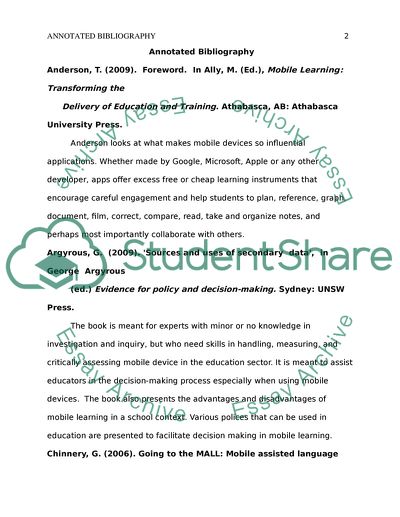Cite this document
(“Error”, n.d.)
Retrieved from https://studentshare.org/education/1627050-mobile-technology
Retrieved from https://studentshare.org/education/1627050-mobile-technology
(Error)
https://studentshare.org/education/1627050-mobile-technology.
https://studentshare.org/education/1627050-mobile-technology.
“Error”, n.d. https://studentshare.org/education/1627050-mobile-technology.


